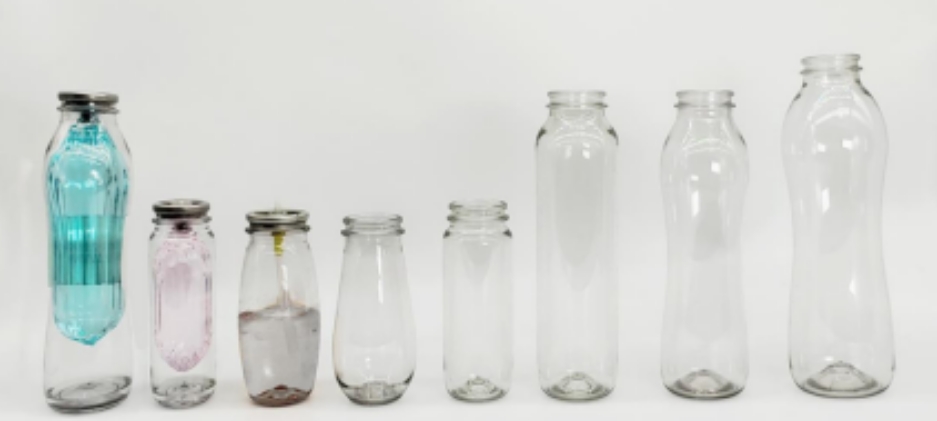The aerosol industry, long dominated by traditional metal cans, is experiencing a quiet revolution. A new player is gaining significant traction: the plastic pressure bottle. This innovative packaging solution offers a fresh perspective for brands and consumers alike, particularly in the cosmetics, personal care, and home care sectors.
What are Plastic Aerosols?
A plastic aerosol is a product packaged in a plastic pressure bottle, typically propelled by compressed gases like air or nitrogen, or butane propellants. Some advanced systems even use bag-in-can (or pouch) technology. The fundamental difference lies in the container itself. Unlike their metal counterparts, these bottles are primarily made from materials like PET (Polyethylene Terephthalate) or PET blends, offering a unique set of advantages and considerations.
 |
Why the Growing Popularity?
The shift towards plastic pressure bottles is driven by several compelling benefits:
• Aesthetic Superiority: Plastic bottles can be transparent, translucent, or come in a wide array of colors and finishes (matte, glossy, gradient). This allows consumers to see the product inside, enhancing visual appeal and brand storytelling on the shelf.
• Lightweight & Sustainable: They are significantly lighter than metal cans, reducing transportation costs and carbon footprint. Many are made from 100% recyclable polymers, aligning with global sustainability goals like carbon neutrality.
• Design Flexibility: Manufacturers are not limited to standard cylindrical shapes. Bottles can be designed in various diameters (e.g., 35mm to 60mm) and unique forms (cylindrical, conical, vase-shaped), providing excellent brand differentiation.
• Durability: They are inherently rust-proof and resistant to dents, ensuring the product looks pristine from factory to consumer.
Navigating the Challenges
However, adopting this technology requires careful consideration. Plastic materials have inherent characteristics that must be managed:
• Temperature Sensitivity: Plastics can be susceptible to deformation under high temperatures, requiring stricter control during storage and transport.
• Compatibility: The chemical composition of the product formula must be thoroughly tested for compatibility with the plastic to avoid issues like stress cracking or permeation.
• Standardization: Unlike metal aerosols, which have well-established international standards, the regulatory landscape for plastic aerosols is still evolving, with companies often relying on internal or regional standards like the European FEA 647E.
Key Technical Benchmarks for Safety
To ensure safety and performance, plastic pressure bottles must pass rigorous tests. Key indicators include:
• Deformation and Burst Pressure: The container must withstand pressures significantly higher than its intended internal pressure at 50°C without rupturing into fragments.
• Heat Resistance (Hot Air Test): Bottles are subjected to hot air (e.g., 65°C) for several hours to check for deformation or leakage.
• Stress Cracking Resistance (for PET): A critical test involves exposing the pressurized bottle to a sodium hydroxide (NaOH) solution to assess its resistance to chemical-induced cracking.
Market Outlook and Innovation
Innovation continues to push boundaries. For instance, recent developments include fully recyclable, all-polymer systems where both the bottle and valve are made of compatible plastics, designed for easy separation in standard recycling streams. This addresses end-of-life concerns and enhances the circular economy profile of plastic aerosols.
Conclusion
Plastic pressure bottles represent a dynamic and evolving segment of the packaging industry. They offer brands unparalleled aesthetic freedom, sustainability benefits, and consumer appeal. Success with this packaging hinges on a deep understanding of material science, rigorous testing, and thoughtful formula design. As materials and recycling infrastructure continue to advance, plastic aerosols are poised to become an even more integral part of the global packaging landscape.